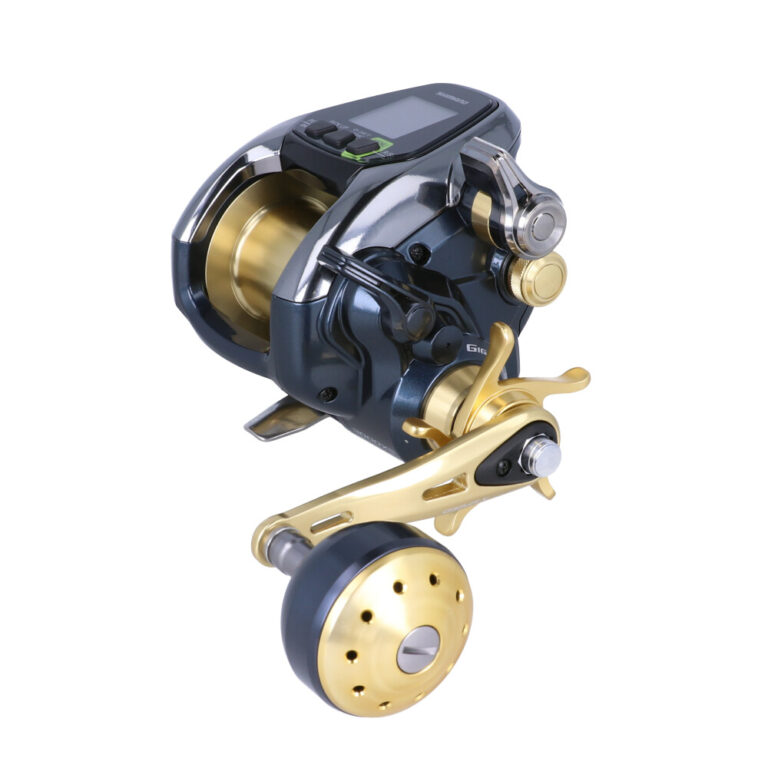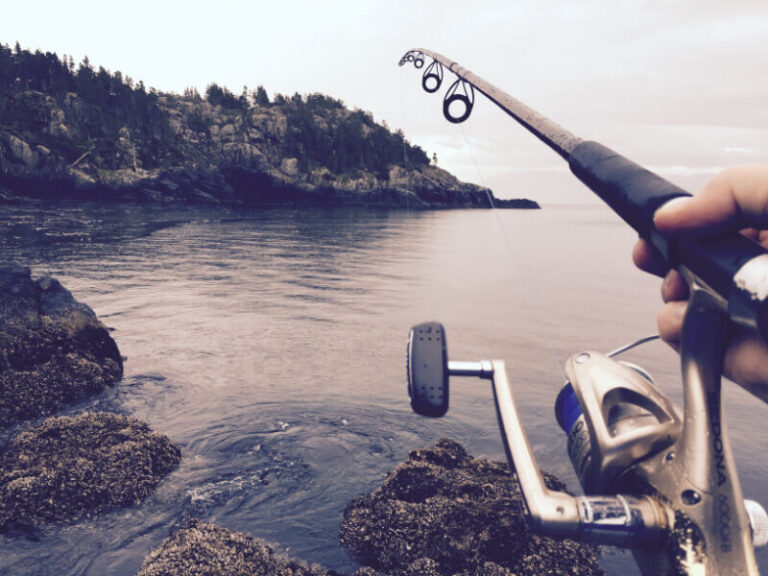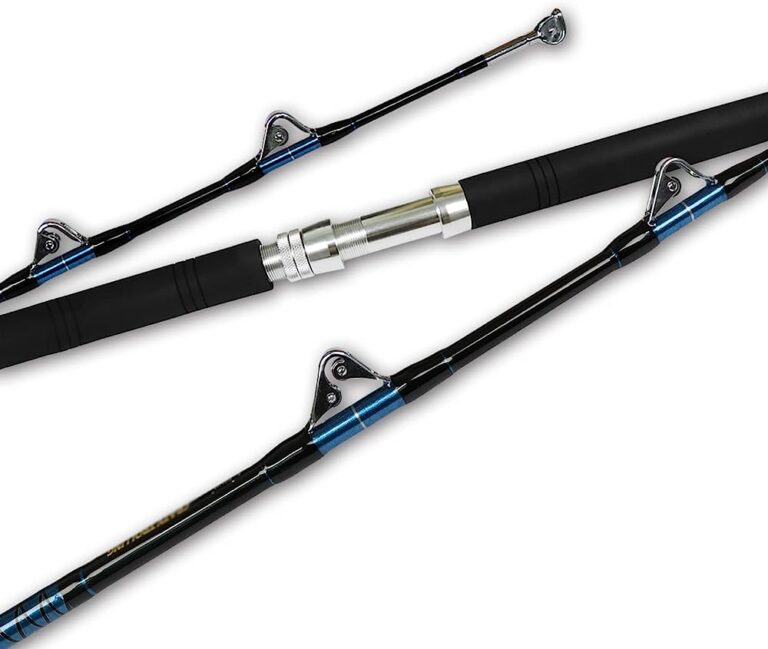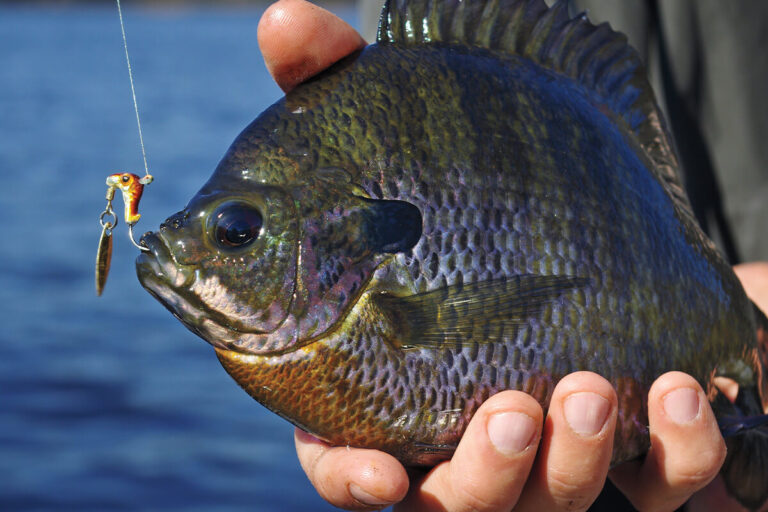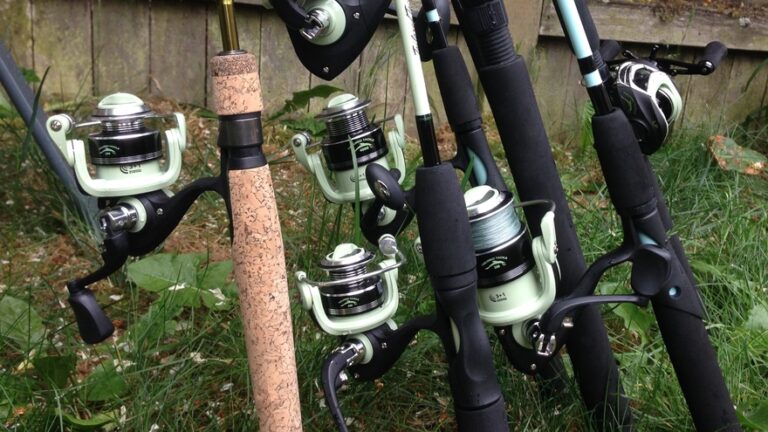Spinning reel ball bearings assist in reducing friction and increasing accuracy while reeling in fish. They are an essential component of any spinning reel, allowing for smoother casting and retrieval.
When it comes to fishing, having the right gear is crucial to success. One of the most important pieces of equipment for any angler is their fishing reel. Within the spinning reel is a small but mighty component known as the ball bearings.
These bearings reduce friction between moving parts, allowing for smoother rotation and increased accuracy while casting and retrieving. In this article, we will dive deeper into the world of spinning reel ball bearings, discussing their construction, importance, and how to choose the right bearings for your fishing needs.
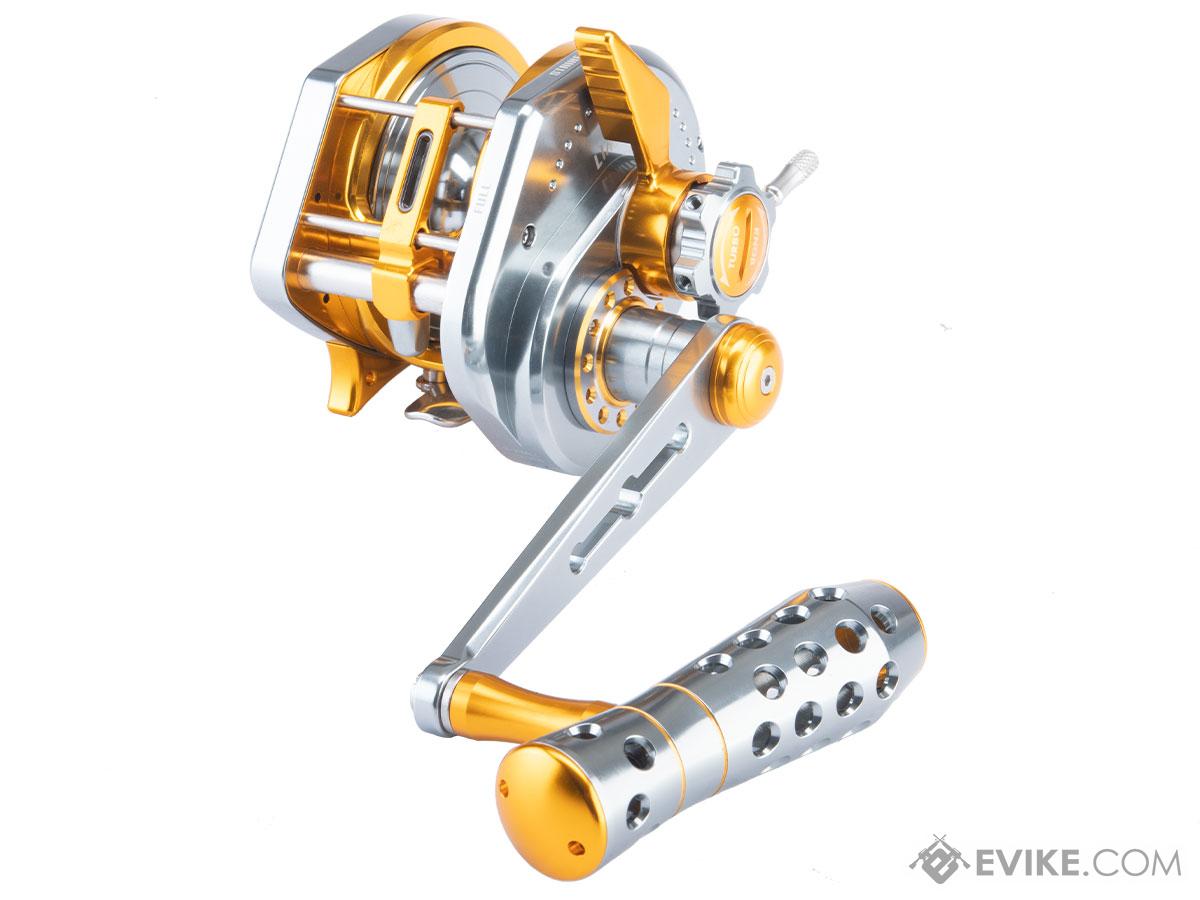
Credit: www.evike.com
Understanding The Basics Of Spinning Reel Ball Bearings
Have you ever wondered what makes a spinning reel so smooth and efficient? One of the most critical components of a reel that makes this possible is the ball bearing. Spinning reel ball bearings are tiny spheres that are used as a rolling element to reduce friction between two moving parts.
We’ll delve into the basics of spinning reel ball bearings to give you a better understanding of how they work and why they are so important.
What Are Spinning Reel Ball Bearings?
Spinning reel ball bearings are small spheres that are inserted between stationary and moving parts of a spinning reel. These parts include the spool, handle, bail arm, and rotor. The bearings are made of stainless steel, ceramics, or other materials that offer high durability, load-bearing capacity, and low friction.
They are responsible for reducing the friction between these parts, enabling the spinning reel to rotate smoothly and efficiently.
How Do Ball Bearings Work?
Ball bearings work by maximizing the efficiency of rolling movement between two surfaces. This is achieved by placing the balls in between the two surfaces, creating a layer of rolling contact that reduces friction and wear. The balls are typically separated by a cage or retainer to prevent them from rubbing against each other and distributing the force evenly across the bearing.
Unlike sliding friction, which creates a lot of heat and wears away the surface of the metal, rolling friction reduces the amount of heat generated during movement, which in turn extends the life of the bearing.
Why Are Ball Bearings Important In Reels?
Ball bearings are essential in spinning reels because they contribute significantly to the smoothness and efficiency of operation. Without ball bearings, the rotational motion of the reel would create significant friction between the moving parts, leading to heat generation, decreased life of the reel, and reduced performance.
Ball bearings ensure that the reel operates smoothly and without any jerking or vibration. The high-quality ball bearings used in reels ensure longer casts and better accuracy.
Different Types Of Ball Bearings
There are four different types of ball bearings commonly used in spinning reels:
- Stainless steel bearings
- Ceramic bearings
- Hybrid bearings
- Bushings
Stainless steel bearings are the most commonly used type of bearing in spinning reels. They are durable, corrosion-resistant, and capable of handling heavy loads. Ceramic bearings are a higher-end choice that offer greater durability, lower friction, and lighter weight. Hybrid bearings combine the best of stainless steel and ceramic, featuring low friction, high durability, and corrosion resistance.
Finally, bushings are used in less expensive spinning reels, and although not as efficient as ball bearings, they still provide some smoothing function by utilizing a soft metal/sleeve to reduce friction.
Understanding spinning reel ball bearings is essential knowledge for any angler. Knowing how they work and why they are necessary will help you make informed purchasing decisions when choosing a spinning reel that suits your needs. With high-quality ball bearings, you can cast farther, with greater accuracy, and enjoy a long-lasting, efficient performance from your spinning reel.
Factors To Consider When Choosing Spinning Reel Ball Bearings
Understanding Spinning Reel Ball Bearings
Spinning reels are an essential tool for anglers to enjoy their fishing experience fully. One of the essential parts of a spinning reel is its ball bearings. Ball bearings help make your reel smoother, quieter, and more efficient. Understanding the various factors to consider when choosing spinning reel ball bearings can help you make an informed purchase.
The Number Of Ball Bearings
The number of ball bearings in a spinning reel affects its smoothness and performance. In general, the more ball bearings a reel has, the smoother it operates. However, the more ball bearings a reel has, the more expensive it can be.
Here are a few points to consider:
- Reels with at least four ball bearings are generally adequate for most fishing situations.
- Mid-range spinning reels typically have around six or seven ball bearings for a smoother operation without breaking the bank.
- High-end spinning reels have nine or more ball bearings for the ultimate in smoothness and performance, but at a much higher cost.
Material Construction Of The Ball Bearings
The material construction of ball bearings affects their durability, smoothness, and price. Here are a few points to consider:
- High-quality ball bearings are made of stainless or ceramic materials. These materials have excellent corrosion resistance and are highly durable.
- Lower-quality ball bearings are often made of chrome-plated steel, making them cheaper. However, these ball bearings have lower corrosion resistance and may not last as long as stainless or ceramic ball bearings.
Corrosion Resistance
Fishing involves exposing your equipment to saltwater, which can cause corrosion and rust. Choosing spinning reel ball bearings with excellent corrosion resistance can make a significant difference in the longevity and performance of your reel. Here are a few points to consider:
- Stainless steel ball bearings are the most corrosion-resistant option for a spinning reel.
- Ceramic ball bearings also have excellent corrosion resistance.
- Chrome-plated steel ball bearings are the cheapest option, but they have poor corrosion resistance, making them less durable and prone to rust.
Bearing Placement
The placement of ball bearings in a spinning reel differs from reel to reel. Here are a few points to consider:
- More ball bearings don’t necessarily mean a better reel. The ball bearings need to be placed in the right positions to ensure a smooth operation.
- High-quality spinning reels have strategically placed ball bearings to reduce friction and ensure smooth operation throughout the reel.
Bearing Quality
The quality of the ball bearings in a spinning reel can significantly affect its performance. Here are a few points to consider:
- Premium spinning reels have high-quality ball bearings that provide a smoother operation and better performance.
- Cheaper spinning reels may have low-quality bearings that can cause the reel to fail quicker.
- Ball bearing quality is a crucial factor to consider when choosing a spinning reel.
Ball bearings play an essential role in the smooth operation of a spinning reel. When looking for a new spinning reel, consider the number of ball bearings, material construction, corrosion resistance, bearing placement, and bearing quality. Remember, investing in a quality spinning reel with high-quality ball bearings will pay off in the long run, making your fishing experience more enjoyable.
Maintenance And Upkeep For Spinning Reel Ball Bearings
Understanding Spinning Reel Ball Bearings: Maintenance And Upkeep
Spinning reel ball bearings are the heart of your spinning reel. They ensure the smooth and flawless operation of the reel, making your fishing experience comfortable and efficient. That’s why proper maintenance and upkeep of your spinning reel ball bearings are vital.
In this section, we’ll discuss some essential aspects of spinning reel ball bearing maintenance.
Cleaning And Lubricating Ball Bearings
Cleaning and lubricating your spinning reel ball bearings regularly will extend their longevity and prevent degradation. Here are some crucial points to follow while cleaning and lubricating your ball bearings:
- Disassemble the spinning reel to access the ball bearings. Remove them carefully, making sure not to damage any components.
- Clean your ball bearings with a suitable solvent, such as wd-40 or acetone. Wipe them with a clean cloth until they’re clean and dry.
- Lubricate your ball bearings sparingly, using a light oil or grease. Avoid over-greasing, as excess lubrication can attract dirt and debris, causing potential damage.
How Often To Clean And Lubricate
How frequently you clean and lubricate your spinning reel ball bearings depends on how often you use the reel. Here are some guidelines to follow:
- Clean and lubricate your ball bearings after every use if you fish frequently
- If you fish occasionally, clean and lubricate your ball bearings at least once a year.
Signs Of Worn Out Ball Bearings
Regular maintenance of your spinning reel ball bearings can help detect signs of wear and tear. Here are some signs that indicate worn-out ball bearings:
- Grinding or scratching noises
- Decreased reel performance or resistance while reeling in
- Rough or uneven feeling while turning the handle
If you encounter any of these signs, it’s time to service or replace your spinning reel ball bearings.
Repairing And Replacing Ball Bearings
If you feel that there is significant wear and tear or damage to your spinning reel ball bearings, consider repairing or replacing them. It’s essential to follow the manufacturer’s guidelines and specifications when replacing or servicing the ball bearings.
Do’S And Don’Ts Of Ball Bearing Maintenance
Here are some tips on the do’s and don’ts of spinning reel ball bearing maintenance:
Do’s:
- Follow the manufacturer’s instructions on cleaning, lubricating, repairing, and replacing your spinning reel ball bearings.
- Use appropriate cleaning solvents, lubricants, and tools.
- Inspect ball bearings periodically for any wear and tear.
Don’ts:
- Over-grease or lubricate the ball bearings as it can attract dirt and grime.
- Use heavy-duty or motor oils as they can damage the ball bearings.
- Use force while cleaning or disassembling the reel, which can lead to damage.
Wrapping Up
Spinning reel ball bearing maintenance is essential for the smooth and efficient operation of your spinning reel. Regular cleaning, lubrication, and inspection can help detect any signs of damage or wear and tear, helping you avoid more significant problems down the road.
Follow the guidelines mentioned above and ensure your spinning reel ball bearings stay in optimal condition.
Conclusion
Understanding the importance of ball bearings in spinning reels is crucial for taking your fishing skills to the next level. Though small, the role played by ball bearings in providing smooth and seamless movements in spinning reels cannot be overstated.
Their precision and the number of ball bearings used can greatly impact the overall performance of a spinning reel. It is important to take into consideration your unique fishing needs before purchasing a spinning reel with ball bearings. There are many factors to consider including the location, type of fish, and preferred fishing technique.
Regardless of your fishing level, it is clear that the integration of high-quality ball bearings in spinning reels is a game-changer. Take time to explore your options and choose the spinning reel with the right number and type of ball bearings for your next fishing trip.

